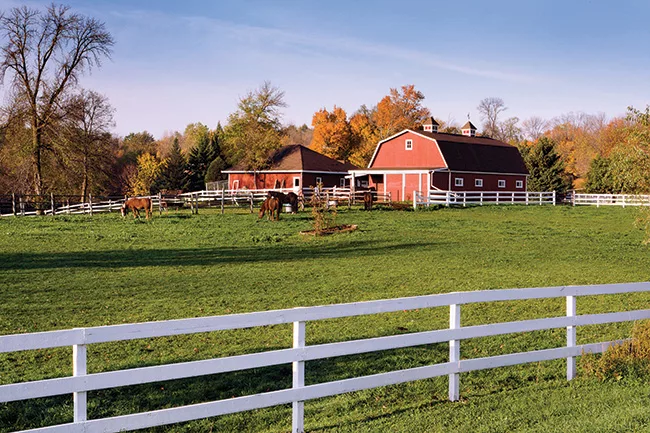American Farriers Journal
American Farriers Journal is the “hands-on” magazine for professional farriers, equine veterinarians and horse care product and service buyers.

What you feed your horse affects hoof health, but some horse owners take this concept too far. They fall into the trap of thinking they can resolve any hoof problem by feeding hoof supplements.
But these products are often overused. A diet of green grass includes the needed ingredients for strong hoof horn (protein, fats, vitamins and minerals). Horses on pasture generally have the healthiest and strongest feet, with a nice, natural shine.
Old-time horsemen used “Dr. Green” when a horse had hoof problems — turning the animal out on pasture — to resolve nutrition deficiencies. Many horses today, however, live in stalls, small pens or paddocks, eating unnatural feeds. In these instances, an unbalanced diet (or a horse’s inability to absorb or utilize enough of certain nutrients) may lead to foot issues and a hoof supplement may be necessary.
Certain elements of diet are needed for healthy feet. These include amino acids (protein building blocks) such as methionine, along with glycine, proline and glutamine. Vitamin C and copper serve as catalysts in forming strong horn. Essential fatty acids are needed for maintaining proper moisture content and pliability. Vitamin A and calcium are also crucial.
Green grass supplies these needs, and a healthy horse creates the necessary B vitamins including biotin, in its gut.
Biotin improves weak, thin-walled feet in some horses when fed over long periods (9 to 12 months), but most horses don’t need this supplement unless they are stressed.
The hoof also needs the proper…